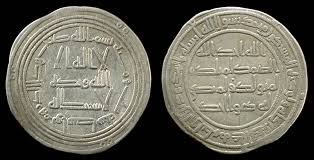
Week: 9. Art, Architecture and History writing during Umayyad Period
THE GEOGRAPHICAL SETTING There is a closer relationship between Islam and its geographical setting, than that of any other of the great monotheistic religions. Glance at a general map of the distribution of Muslims throughout the world, and a pattern is revealed which coincides extensively, at least in its principal features, with the arid zone of the Old World. From the Atlantic to Central Asia, Islam found its primary field of expansion in and around the great desert. There is only one, though important, exception: those additional areas, sometimes very densely populated, which spread all round the Indian Ocean, on the eastern shores of Africa, the coasts of south India, and especially in eastern Pakistan and Indonesia. This coincidence of zone and religion is the more remarkable in comparison with the universal spread of Christianity, which was born in an environment, rather of the Mediterranean than of the desert, but not in reality far from that of Islam and in an area which was easily to be submerged in the Muslim torrent. We are brought therefore to ask two sets of questions: (a) How are we to explain such a notable geographical restriction of this religion, in view of its undoubted universal mission, at least from the time of Muhammad's successors ? What factors were at work, what historical, social, and psychological mechanisms ? How is the map of Islam to be explained ? (b) On the other hand, what effect has this restriction had on Muslim life ? How has the face of Islam been modified as a consequence of the geographical setting in which it spread?


